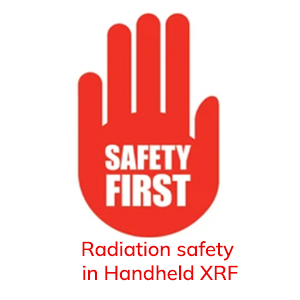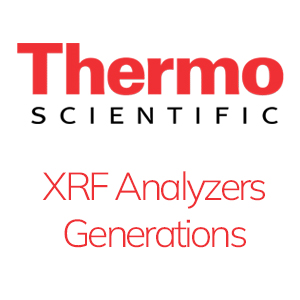X-ray fluorescence spectrometry (XRF) is an invaluable technique used for qualitative and quantitative analyses of various materials, with applications across industries including mining, environmental science, archaeology and materials science. As a non-destructive analysis tool that quickly provides accurate elemental composition analysis of materials. We will give a comprehensive overview of all aspects of XRF from its basic principles through instrumentation applications as well as advantages/limitations in this article.
Principles of XRF
XRF operates by stimulating atoms with high-energy X-rays. When these high-energy rays strike material, they cause inner shell electrons to be expelled from atoms in it and later filled by one from a higher energy level – producing an inner shell electron cloud hole which then fills with an electron from another level; any energy difference between these levels results in fluorescent X-ray photon emission that identifies which element originated the photon; measurement of these emitted X-ray photon emissions allows determination of elemental composition of materials.
Instrumentation for XRF An XRF spectrometer typically comprises three main components: an X-ray source, sample handling system and detection system. The former typically utilizes a sealed X-ray tube that generates a primary beam with known energy; sample handling ensures samples are placed directly under this beam for collecting its output; finally solid state detectors measure both intensity and energy of any emitted X-rays that escape collection systems.
There are two primary types of XRF spectrometers: energy dispersive (EDXRF) and wavelength dispersive (WDXRF). With an EDXRF, emitted X-rays are dispersed according to their energy, with detectors measuring both intensity and energy simultaneously; in WDXRFs however, individual detectors measure intensity at specific X-ray wavelengths separately.
Applications of XRF Its XRF is an adaptable technique used for the analysis of various materials. Mining companies frequently employ this technique for analysing ore and mineral deposits; its precise elemental composition analysis provides essential data needed for successful extraction and processing of valuable minerals.
Environmental scientists often employ XRF analysis of soil, sediment and water samples in order to detect heavy metals, pollutants or any other potentially harmful substances present in their environment; such information can provide invaluable insights for understanding and mitigating pollution issues.
Archaeologists use XRF analysis for the examination of artifacts, pottery and other cultural heritage materials. It provides invaluable information about the origin and composition of ancient objects – invaluable when trying to gain a grasp of history or cultural significance of such items.
Materials science utilizes XRF analysis for the evaluation of metals, alloys, ceramics and polymers. It can provide details regarding elemental composition and concentration of impurities within these materials – which is crucial to quality control and process optimization.
Advantages and Limitations of XRF Inspection Systems
XRF analysis offers many advantages as an analytical technique. As it’s non-destructive and can analyze solid, liquid and powder samples without needing sample preparation; its detection limits range from parts per million (ppm) up to percent levels; it’s relatively user-friendly without extensive operator training required for use; plus there’s rapid analysis!
However, XRF also has its limitations. It is unsuitable for the analysis of light elements with low atomic numbers (Z11) such as carbon, nitrogen and oxygen; measurements with multiple overlapping X-ray emissions can become tricky and necessitate the use of deconvolution techniques; additionally it’s unsuited for analyzing trace elements at very low concentrations – more suitable techniques like ICP-MS might be more suitable in such instances.
Conclusion: XRF is an extremely efficient analytical technique, capable of fast and precise analyses of elemental composition for various materials in industries like mining, environmental science, archaeology and materials science. By understanding its principles, instrumentation applications advantages and limitations it enables analysts to make more informed decisions when choosing this technique for their individual analytical needs.

